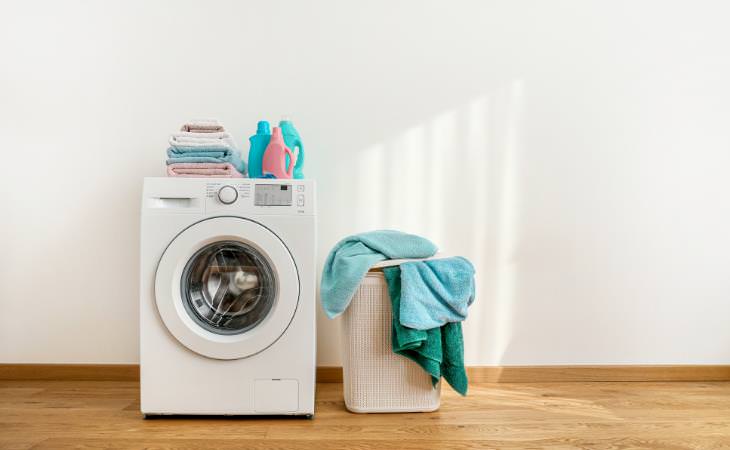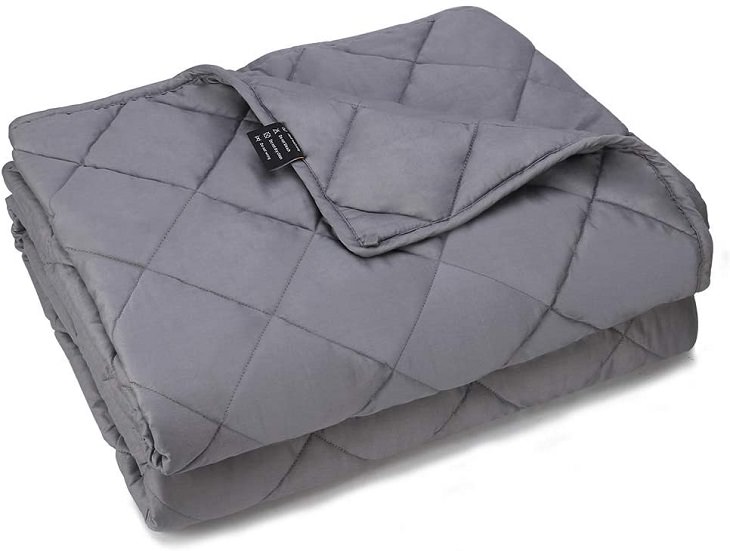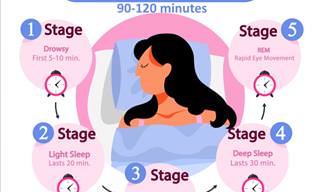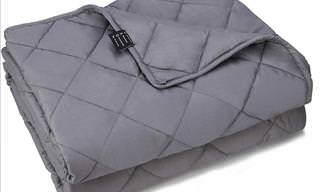What is a Weighted Blanket?
Weighted blankets weigh between 5 and 30 pounds. The pressure from the extra weight mimics a therapeutic technique called deep pressure stimulation or pressure therapy, a process in which firm and steady pressure is applied throughout the whole body to help the nervous system calm down into a resting mode. This is a lot like swaddling a baby.
The blankets are filled with intricately sewn-in glass beads or plastic pellets that distribute weight evenly. They provide comfort and a sense of security, ease stress, and soothe anxiety, and by calming the nervous system they improve the overall sleep quality.
What are the Benefits?
Additional benefits include relief from the perception of pain, reducing symptoms of anxiety, and relieving symptoms of depression. It is also recommended for other conditions such as autism, ADHD, insomnia, and other sleep disorders as well as chronic pain.
Overall, a weighted blanket is something everyone can use. If you usually don't suffer from issues with your sleep but do feel like you want to improve your sleep quality, a weighted blanket could be your solution.
However, in these conditions you should not use a weighted blanket:
-Not for toddlers under the age of 2.
-Not for people with obstructive sleep apnea.
-Not for people who have asthma, which can cause trouble breathing in sleep.
-Not for people who suffer from claustrophobia, as the light pressure may be triggering.
How to Choose a Weighted Blanket?
 You should first ask yourself, how will you know if you could enjoy a weighted blanket. As weighted blankets are quite an investment, you might want to try the effect for a couple of nights before committing to a real weighted blanket. You can try sleeping a few nights with 2 or 3 of your heaviest blankets. If it's too hot you can skip the heating for the night.
You should first ask yourself, how will you know if you could enjoy a weighted blanket. As weighted blankets are quite an investment, you might want to try the effect for a couple of nights before committing to a real weighted blanket. You can try sleeping a few nights with 2 or 3 of your heaviest blankets. If it's too hot you can skip the heating for the night.
Bear in mind weighted blankets trap heat more than the average blanket, so you should look for one that has breathable fabrics.How to Choose a Weight?
A weighted blanket should be 5 to 10 percent of your body weight. Adults can use medium-large weighted blankets ranging from 12 to 30 pounds. Older adults may want to use small or medium-weighted blankets ranging from 5 to 8 pounds.
Care Guide

How often should I wash my weighted blanket?
The general recommendation is 2-4 times a year, depending on how often you use it. Check the care label attached to your blanket to help you understand if you can machine wash it or if you have to wash it by hand. Most weighted blankets can be put on a gentle wash with a cool setting.
If your weighted blanket is under 20 pounds, it can be machine washed. Heavier ones should be washed at a laundromat or in a commercial washing machine that can handle the weight.
For at-home machine wash: pre-treat individual stains with a stain remover spray following its instructions, and start the cold gentle cycle. Use a mild detergent and no fabric softener. Don't bleach.
For washing by hand: make sure the bathtub is clean and fill it halfway with cold water. Add a cup of laundry detergent and mix well. Submerge your weighted blanket in the water. Scrub, empty the tub, and fill it up again with clean water to rinse the blanket. Repeat if necessary. Empty the tub, fold the blanket in half, roll it and squeeze to remove the water.
Drying: if the care label says your blanket can go in the dryer machine, go ahead and do that, paying attention to temperature. If using the dryer isn't possible, hang to dry on a sturdy surface, like the staircase banister or the shower curtain holder if it's sturdy enough. Turn the blanket over every hour so it can dry properly.
Do not iron.
More Cleaning Guides:
How to Wash Pillows
How to Clean Dry Clean Only at Home
How to Clean Your Mattress
How to Clean Your Winter Coats
How to Clean Your Washing Machine
H/T: HealthLine, Tom'sGuide.
 Go to BabaMail
Go to BabaMail



























